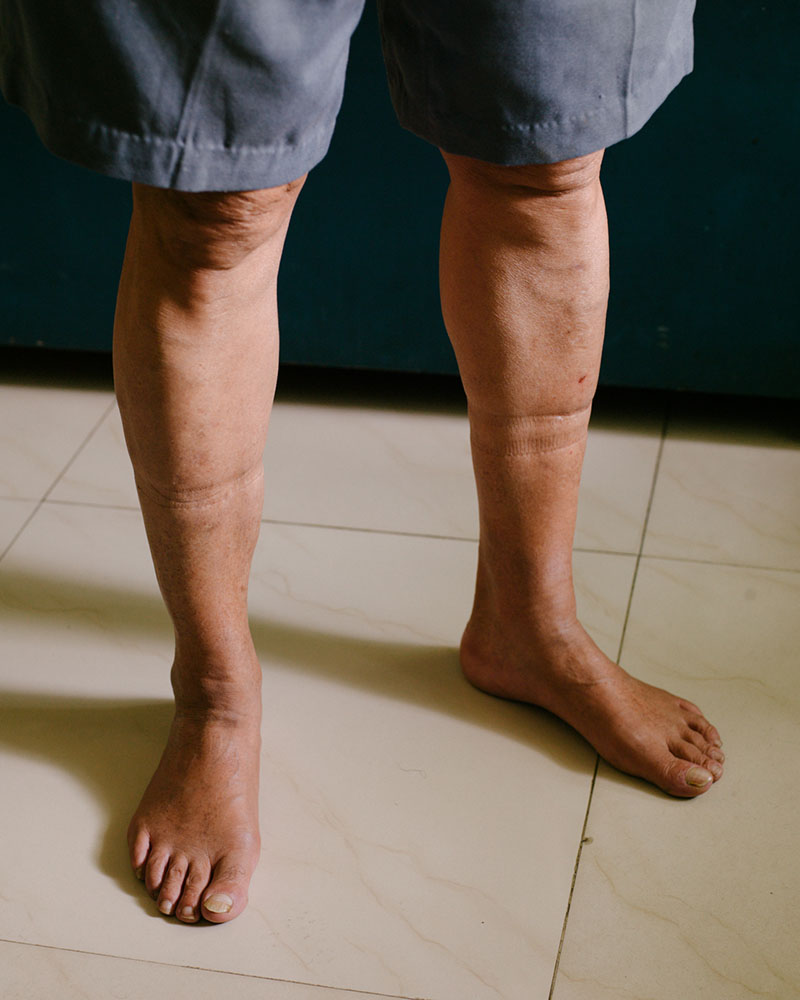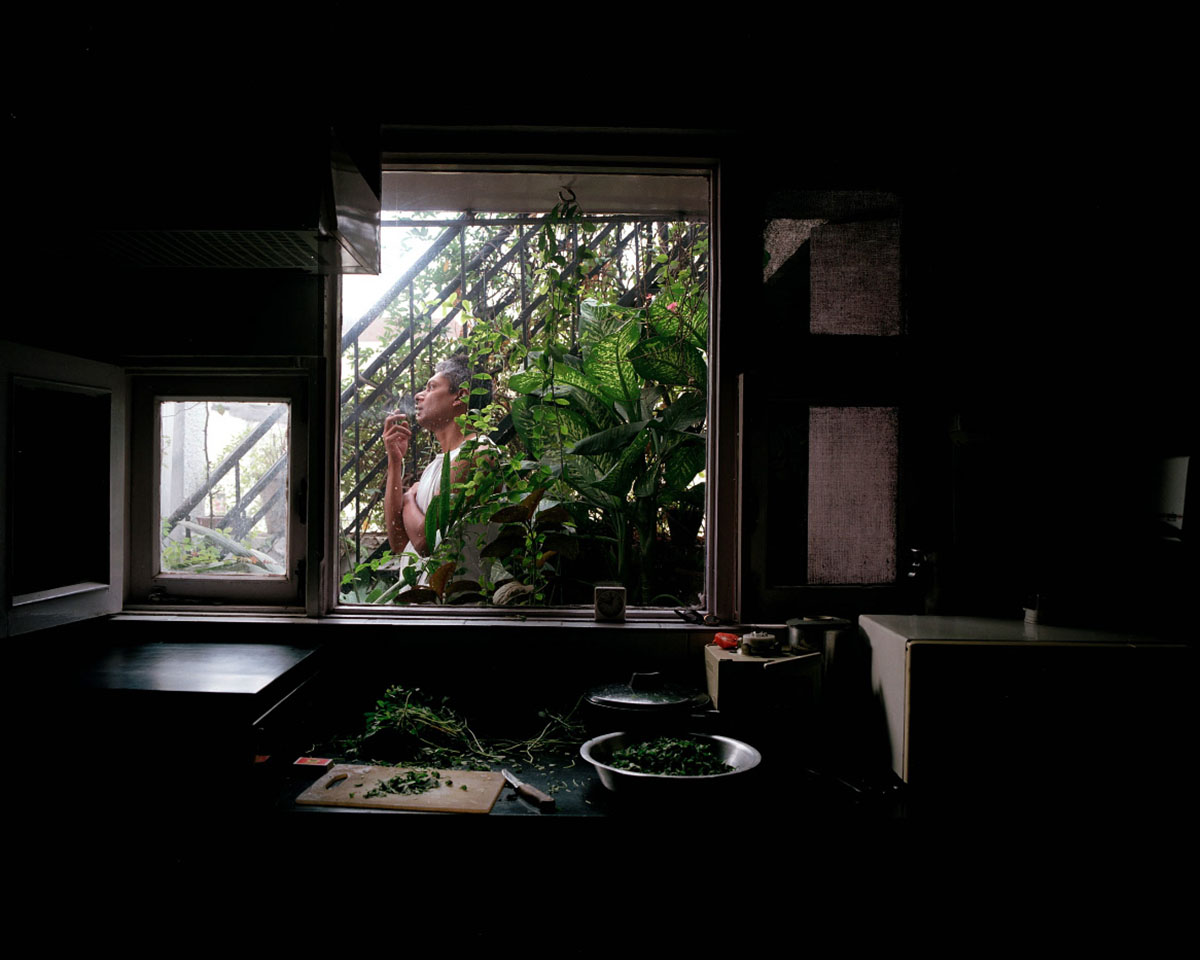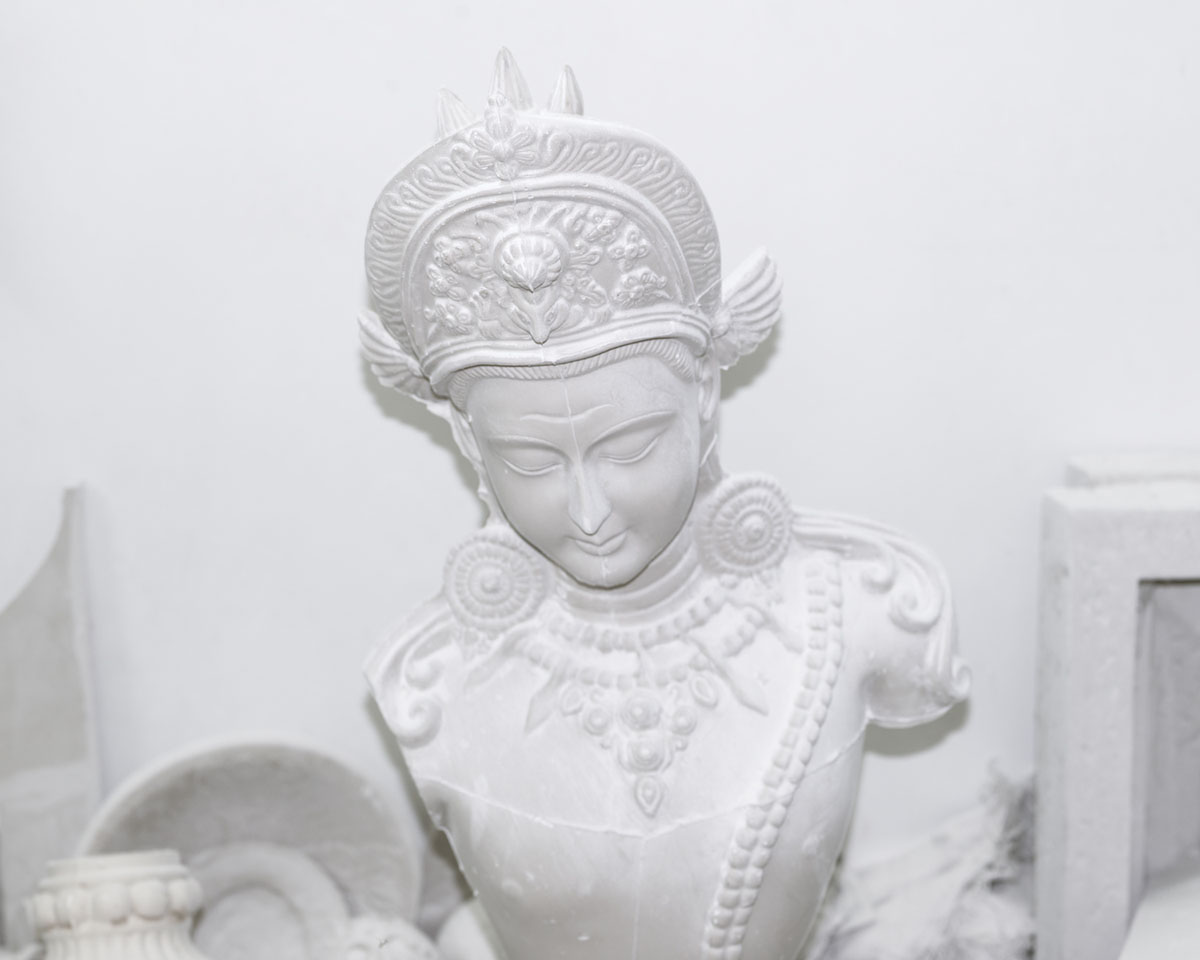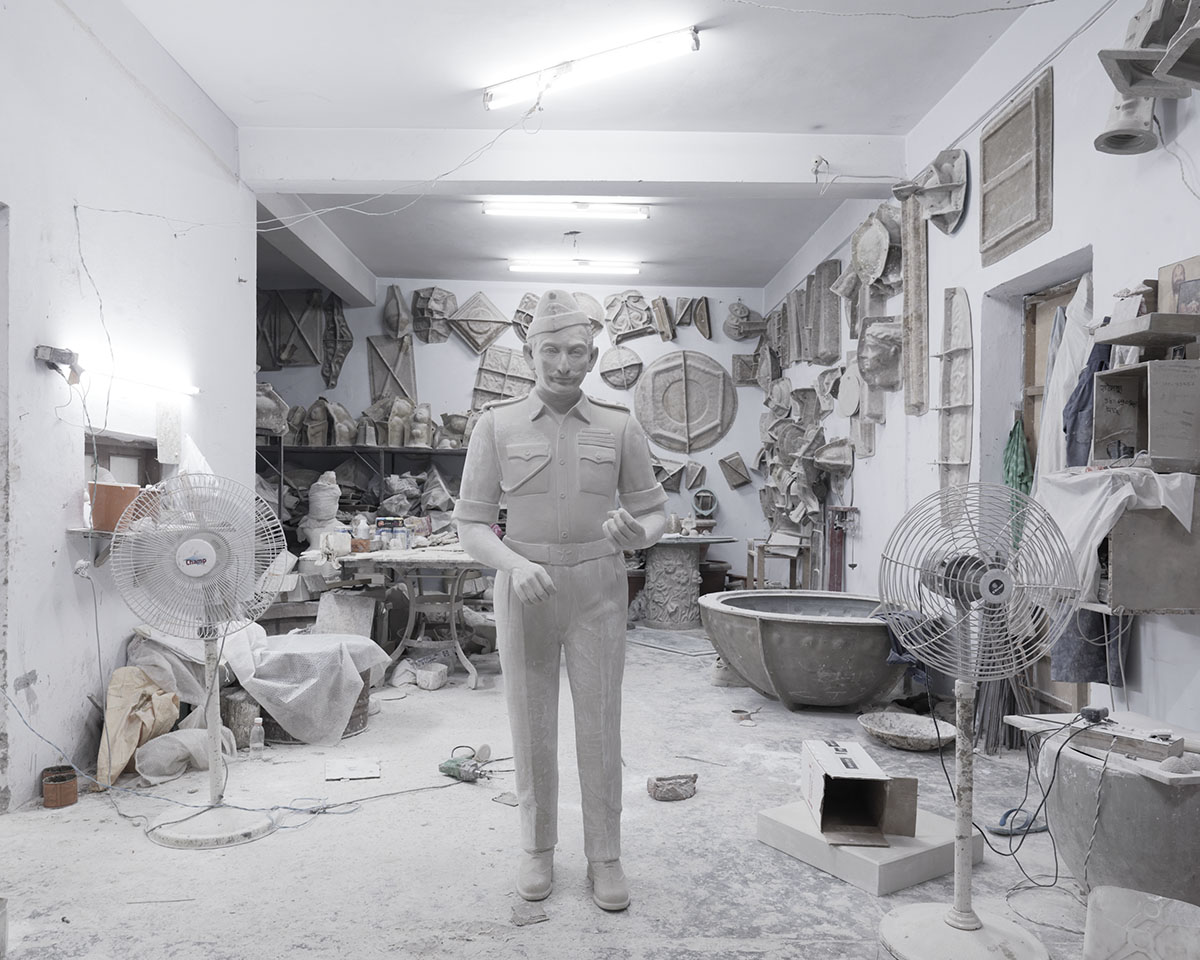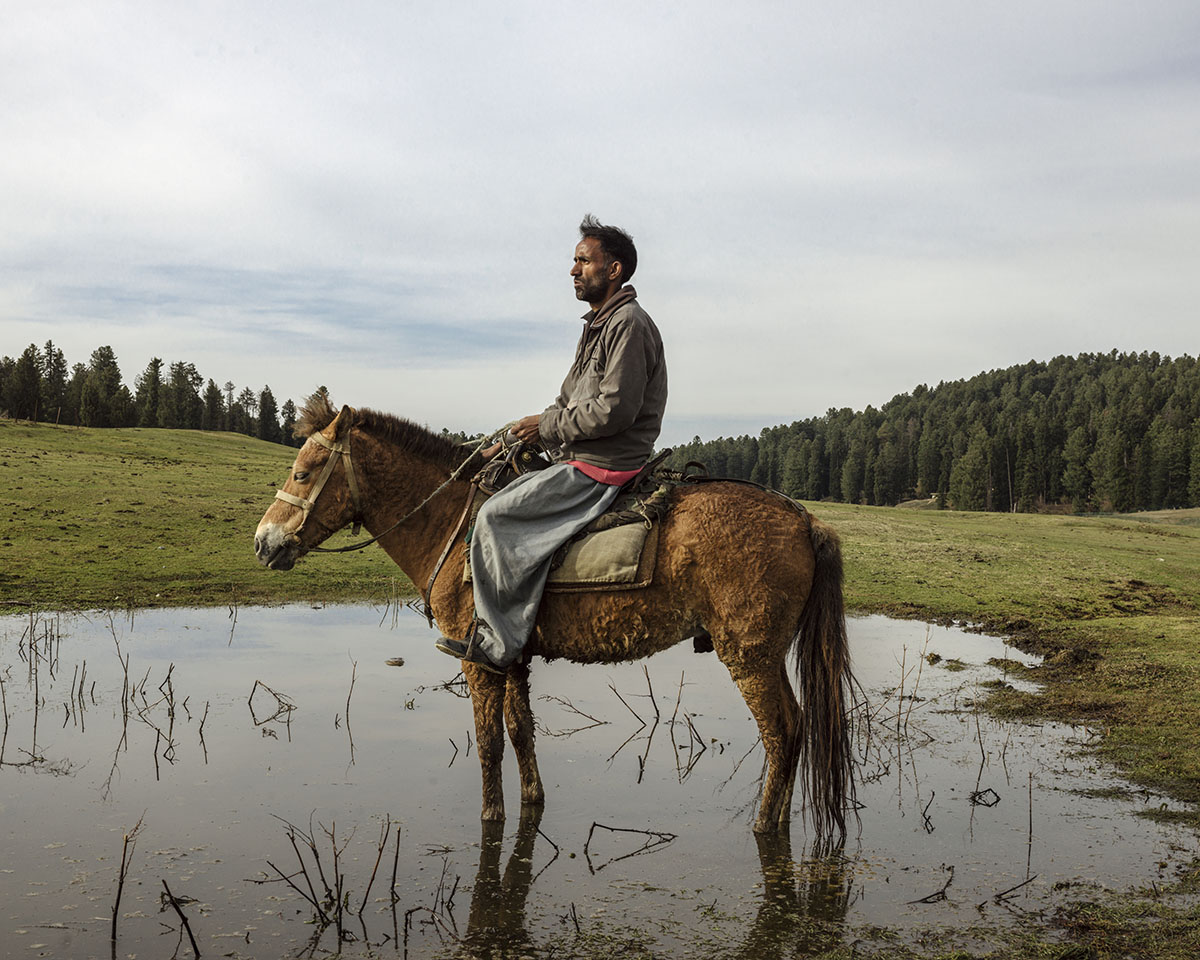ARTICLE
Bharat Sikka
Simultaneously he was also working on a project on gender and sexuality — commissioned by Photoworks, alongside Olivia Arthur – called The Marlborough Theatre, named after the theatre-bar frequented by the Queer community in Brighton, UK. Inspired by Sikka’s father who was a combat engineer in the Indian army, The Sapper (2019) picks through childhood memories and relationship with a parent who had been absent for long periods of time while imbibing elements of his father’s life. Engineering draughts, construction and demolition plans, tools such as rulers overlap with landscape and portrait photography. Sikka’s photographs have appeared in commercial magazines such as Atmos, Centrefold and more notably, he contributed photographs for The New York Times column on Ramakrishna Yadav, known widely as Baba Ramdev. Sikka is also acclaimed for his fashion photography featured in Vogue India, Vanity Fair and GQ India, amongst others. His work has been exhibited at Nature Morte, New Delhi; National Museum, New Delhi: Chatterjee & Lal, Mumbai; The Kochi-Muziris Biennale (2017); Whitechapel Gallery, London; International Centre for Photography, New York; and 1×1 Gallery, Dubai, amongst others. In 2002 he was accepted into the Julian Meijer photography agency.
At the time of writing, Sikka lives and works between Delhi and Goa.
Bibliography
Our website is currently undergoing maintenance and re-design, due to which we have had to take down some of our bibliographies. While these will be re-published shortly, you can request references for specific articles by writing to hellomapacademy@map-india.org.




